

Directive 94/20/EC was introduced as part of EWVTA to provide a common standard throughout the European Community, thus creating an open market. Irrespective of where a towbar has been Type Approved, a customer will know that it has been manufactured to a known technical and quality standard.
If your car is first registered on or after the 1st August 1998, you could be prosecuted for an infringement of Construction and Use Regulations or your Insurers may decline to pay out in the event of an accident claim.
The towbar must be certified even if not used for towing! Otherwise it does not comply with the Road Traffic Act.
Not unless you are purchasing the same make and model of car and your towbar is type approved.
The towing capacity is relevant to your vehicle and all vehicles have varying towing capacities.
No. Only Type Approved Towbars can be fitted to vehicles that are registered on or after the 1st August 1998.
No. A towbar with the popular two hole faceplate and towball made by an independant towbar manufacturer can be EC Type Approved.
It can take anything from 30 minutes to 4 hours to fit a towbar as fitting times vary with each bar.
No. When EC Type Approving the vehicle, the manufacturer did not declare that it was suitable for towing. It therefore has no specified towing capacity and no specified mounting points. Towing with, or even the fitment of a towbar to any such vehicle registered on or after the 1st August 1998 would make you liable to prosecution.
Yes. You can fit the towbar yourself provided that it is installed in accordance with the instructions provided, but you may prefer a specialist to carry out the installation to include the often awkward towing electrics.
In most the electrics are wired directly to the vehicles rear lights.
It will have a label, data plate or staming showing an "E" No e.g. E11*0001*00. This figure denotes that it is EC Approved in the UK (E11), has an approval number (0001), of EC Document revision 0.
You will require single electrics in order to power the normal tail / side lights, indicator, brake and fog lights.
Double electrics are needed when towing a caravan to supply power to the fridge and battery as well as taking a 12v feed into the caravan for interior lights etc. A split charge relay can also be added to double electrics to prevent your car battery being drained by your caravan.
94/20/EC was designed to create free trade. If you fit a Type Approved towbar it will not invalidate the vehicle warranty. Under EC Block Exemption rules, a motor vehicle manufacturer cannot prevent a franchised outlet from supplying or fitting components deemed to be of equal quality to that supplied by the vehicle manufacturer - such as a Type Approved towbar.

The actual, exact and only towing capacity figure that should be used for your vehicle is that which is stamped on the Vehicle Identification Number Plate, VIN Plate.
The VIN plate can usually be found under the bonnet or on a door pillar and details of the location will be in the owner’s handbook. The plate will be either an alloy plate riveted to the body or a sticker.
The VIN plate will display either 3 or 4 sets of weight, it is these weights that the authorities use to determine whether your vehicle is over-laden.
The VIN plate will display either 3 or 4 sets of weight, it is these weights that the authorities use to determine whether your vehicle is over-laden.

The image above is from an Audi S3, which is not homologated (Approved) to tow, the Gross Train Weight is shown as 0000 kg. Some manufacturers simply leave this line blank. If you are unsure if your car is allowed to tow, you need to check this line on the VIN plate.